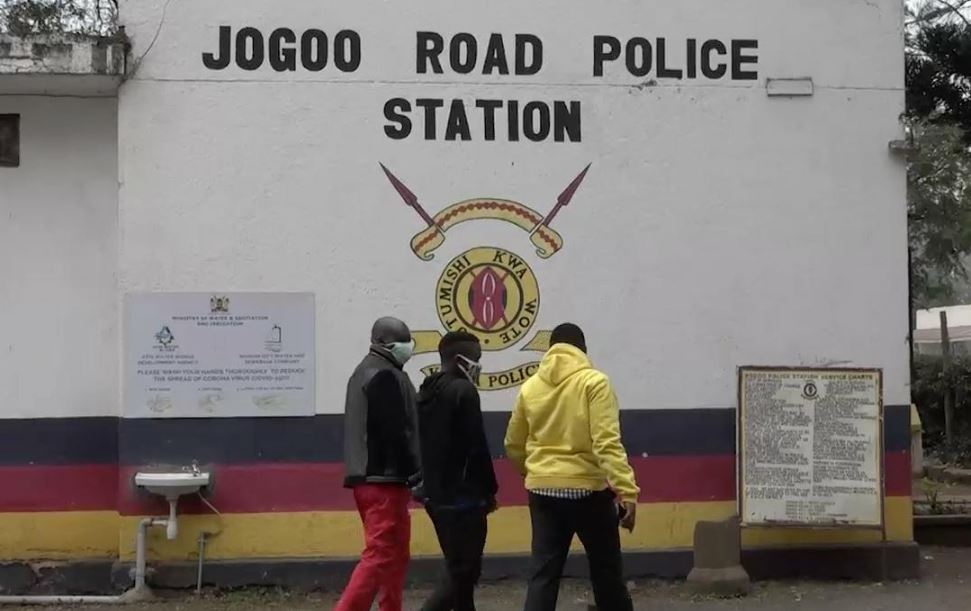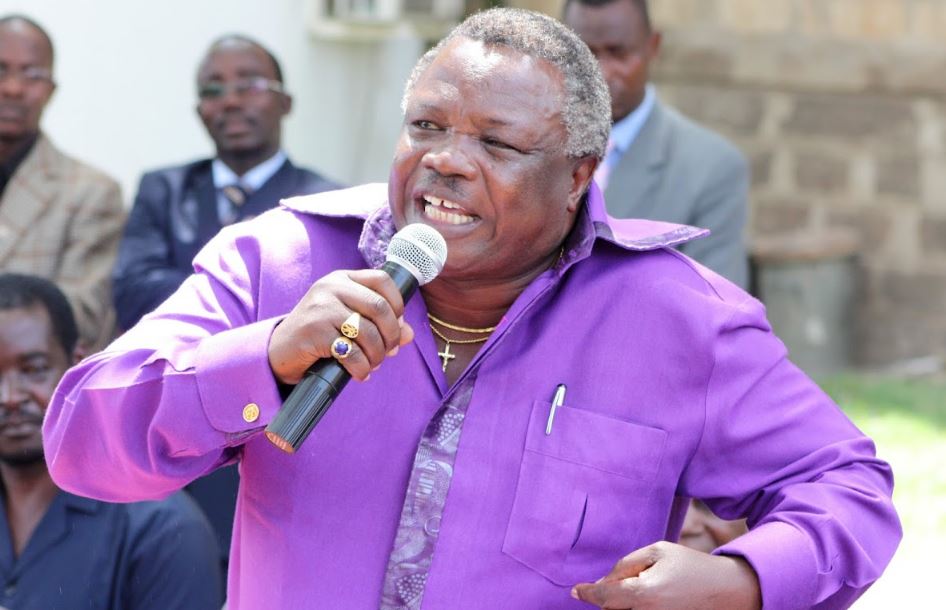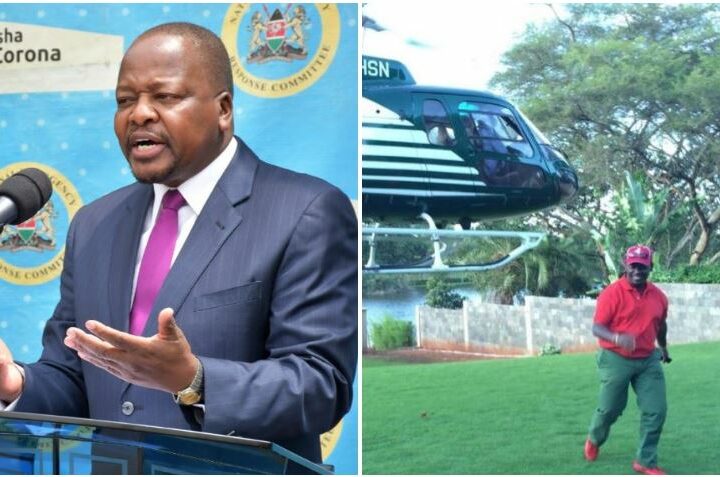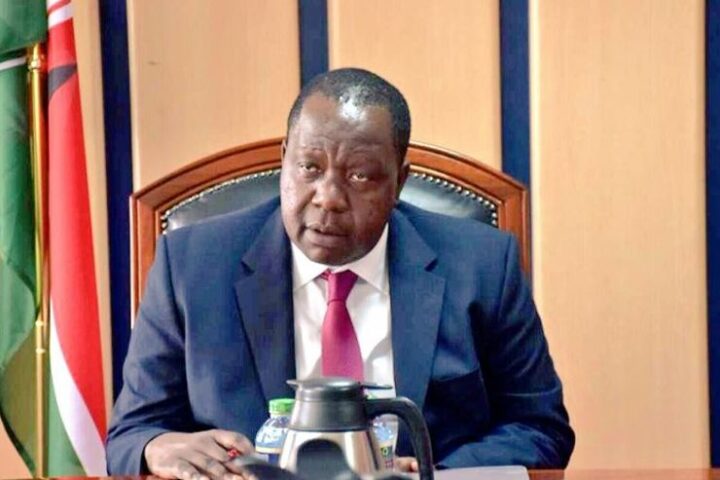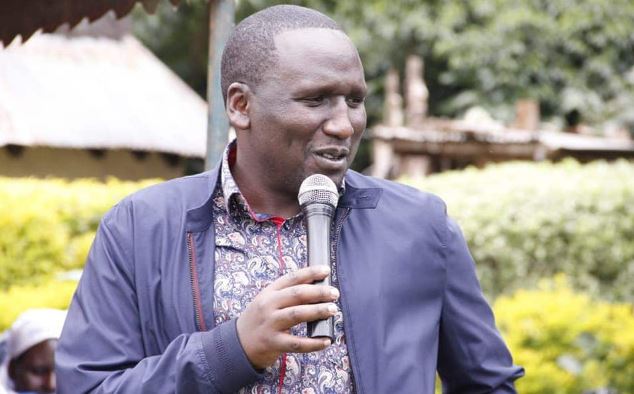
The busy highway is being upgraded to a dual carriage standard by a consortium of French companies. The 233km road starts from Rironi, just past Nairobi, all the way to Nakuru and terminating at Mau Summit.
It will be the biggest project in Kenya’s history, built on a Public Private Partnership model. This means that the design and construction will be funded privately, with the government only providing the land. The private consortium will then operate the road for three decades, making back their money and generating a profit, before handing the road back to the government.
While not an ideal model, it is the quickest way poor countries like Kenya can get multi-billion dollar projects off the ground. The entire project is estimated to cost around Sh160 billion.
This highway will be the second such project in the country, after the Nairobi Expressway which is being built by the Chinese, with their own money.
Writing in a Tweet on Saturday, Senator Cheruiyot insinuated that the burden of public debt should be shared by all Kenyans, and that they will not pay to use the road.
He wrote, “The same way all public debt is shared amongst all Kenyans, this one too shall follow suit. Whatever it takes! Not a penny shall we pay. Citizens of the western part of the country r not second class citizens. @WilliamsRuto n @RailaOdinga be in the know.”
The same way all public debt is shared amongst all Kenyans, this one too shall follow suit. Whatever it takes! Not a penny shall we pay.
Citizens of the western part of the country r not second class citizens.@WilliamsRuto n @RailaOdinga be in the know. pic.twitter.com/HRYEx7KKZN— Aaron Cheruiyot (@Aaroncheruiyot) October 23, 2021
It is unclear whether the senator is opposed to the toll model, or to the whole idea of the road being built. I doubt many of the people he says he speaks for would prefer waiting another 10 or 20 more years before a free-to-use dual-carriage road is built.
